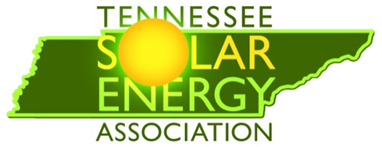Solar energy is becoming a more appealing option for countries left in disarray after recent hurricanes Irma, Maria, and Jose; however, there are drawbacks to consider as well. The Caribbean Islands were left without power as nearly 1200 poles were knocked down, while solar installations on the Turks and Caicos islands remained largely intact, showing these may be a more dependable power source for countries prone to natural disasters. The grid-tied solar installation in St. Eustatius could stand Category 4 hurricane strength winds, so it was unscathed by Irma and Maria, said Fred Cuvalay, the utility's chief executive officer. Governor Ricardo Rossello said that he's considering microgrids, but it would cost about $250 million to build 90 megawatts of solar and storage, or enough to power about 15,000 homes. This would probably be impossible for the islands to pay for, especially after costs of damage from the hurricanes. Unfortunately, they are unsure how these initiatives they would like to take would be paid for.
Haiti was able to benefit from using solar panels after damages from Hurricane Irma. Power was restored to all of its customers after less than 10 hours of down time from intense storms, winds, and rainfall.
“Preparation and planning by our local teams helped ensure that our grids didn’t sustain extensive damage and also enabled us to get power back to our customers so quickly,” Lebowitz, the vice president of power operations said. Rather than chance the solar panels be ruined by the storms, Lebowitz insisted on packing them up safely to ensure their power source remained after the disaster. The 200-kW array was able to be taken down in just four hours. While oftentimes solar panels are able to withstand the heavy winds and rainfall, this extra precaution can be taken to ensure the panels are protected regardless of the storm’s power.

